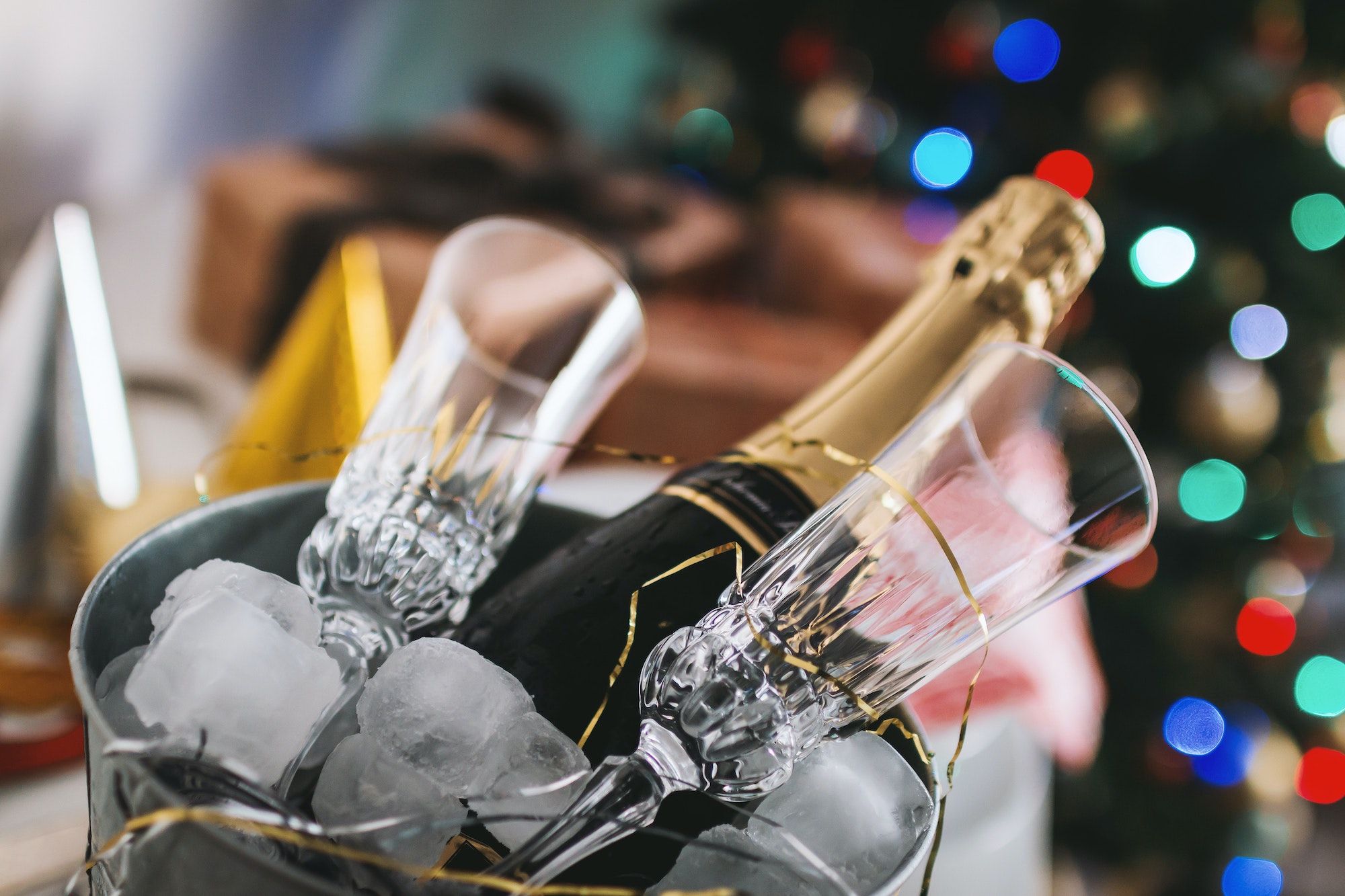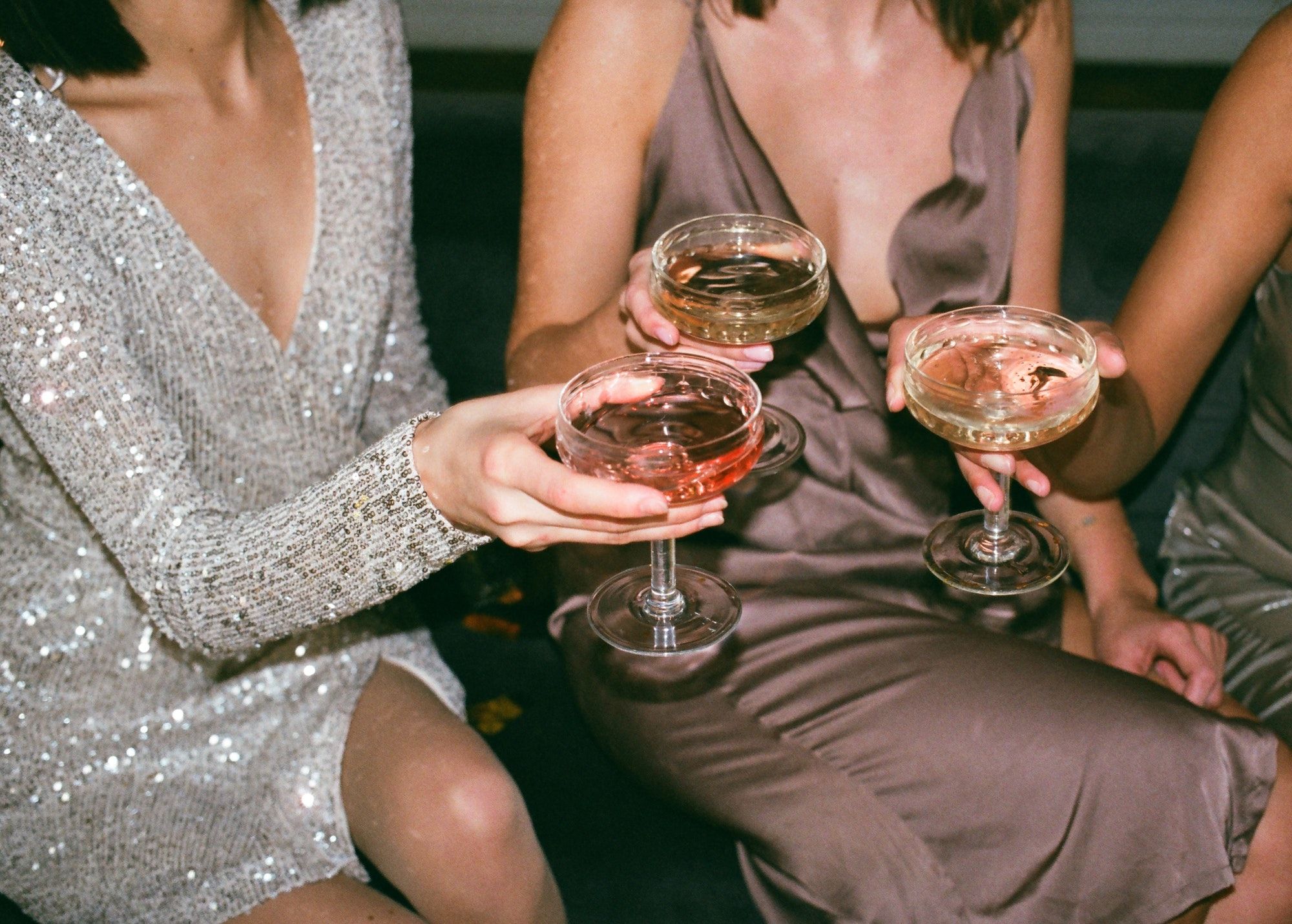Food and wine pairing may not be new, but for the truly wine-dedicated, we're continuing our series covering food and wine matching from a wine-first perspective––just in time for the festive season, next up is champagne
Ironically enough for a wine normally relegated to cocktail receptions and aperitifs, champagne is arguably the single most versatile wine style for pairing with food. Its energising acidity and bubbles, feather weight and––traditionally––mollifying dash of sugar all make it the palate cleanser par excellence. However, with its burgeoning stylistic diversity, champagne is also an increasingly apt match for dishes well outside the usual “oysters and caviar” ambit.
The Wine
As the Champenois and their acolytes will incessantly remind you, “Champagne is only from Champagne!” This means that any wine made outside France’s chilly northernmost wine region, even if made from the same grape varieties (mainly chardonnay, pinot noir and pinot meunier aka meunier) using the same method (méthode champenoise: a second fermentation in bottles followed by 15+ months’ ageing on the “lees” or dead yeast cells), is not entitled to use the “C” name in any shape or form, including the name for the method (outside Champagne, it can only be called the “traditional method”).
In fairness, the Champagne region has been making this wine style for centuries; Ruinart, the oldest Champagne house still in business, first hung out its shingle in 1729. The region also has a particular aptitude for producing this delicate, subtly flavoured style of sparkling wine. Its climate––with low but stable levels of both sunlight and rainfall; soils––generally alkaline, varying from chalk to heavy marls; and variegated patchwork of hilly sites allow these early-ripening grapes to mature gradually, reaching flavour maturity at low levels of alcohol while maintaining their acidity.
The former point is critical because the second fermentation––achieved by adding sugar and yeasts to a fully fermented base wine––contributes an additional 1.5 degrees of alcohol, which would make for a clumsy wine indeed if instead of 11% the base wines were to clock in at 13% or even 14% (not so unusual for pinot noir and chardonnay grown in warmer climates). Today fresh acidity is especially coveted as the warming climate makes it vital to keep the wines in balance. However, that tartness was once considered overbearing, hence the traditional practice of adding small amounts of sugar syrup (dosage) during dégorgement (the removal of the lees from the bottle after ageing is complete).



